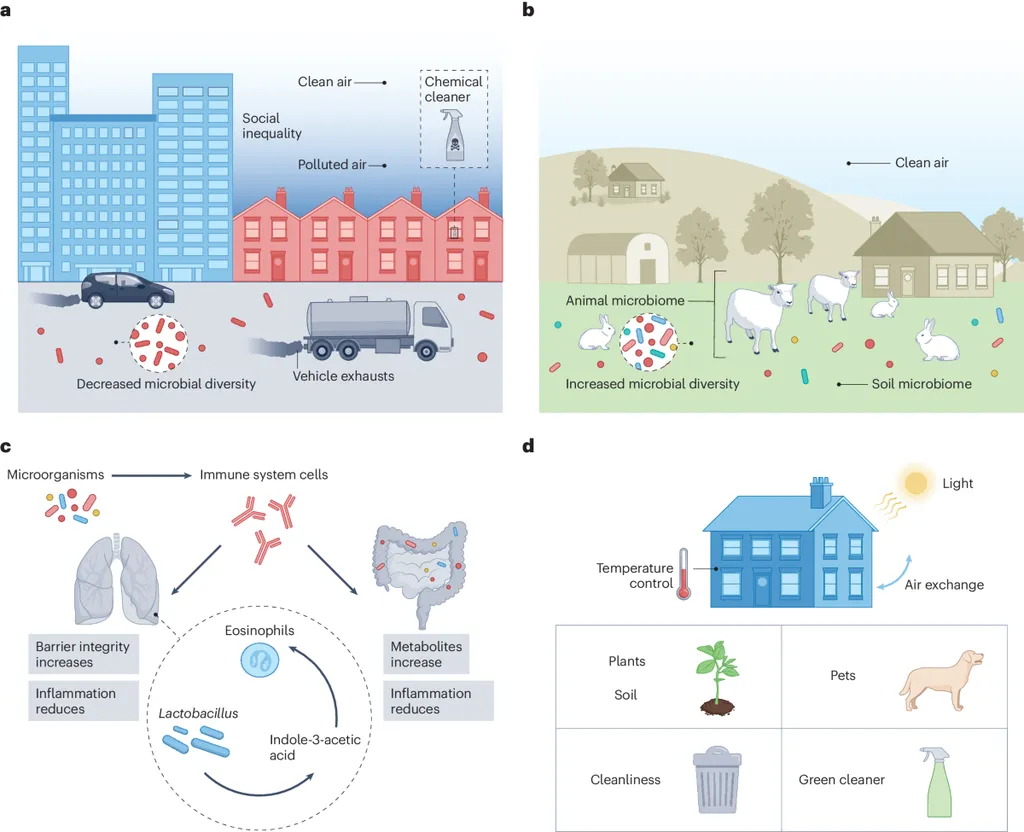In the heart of Moscow, researchers are tackling a silent enemy that has long plagued the construction industry: microorganisms. Vladimir Yerofeev, a leading expert from the Moscow State University of Civil Engineering (National Research University), has been delving into the world of bio-resistance, exploring how to protect our buildings from the insidious effects of bacteria and fungi. His latest research, published in the *International Journal for Computational Civil and Structural Engineering* (translated as “Международный журнал по вычислительной гражданской и строительной инженерии”), is shedding light on the mechanisms behind biocorrosion and offering promising solutions to enhance the durability of building materials.
Bio-damage is a pervasive issue that affects every stage of a building material’s life cycle, from raw material production to the operation of finished structures. “Bacteria and fungi can significantly reduce the performance characteristics of materials,” Yerofeev explains, “leading to economic losses and a decrease in the quality of building structures.” This problem is particularly critical in the energy sector, where the integrity of materials directly impacts the efficiency and safety of operations.
Yerofeev’s study focuses on the biostability of cement composites, paying special attention to the species composition of micromycetes that colonize their surfaces. By determining fouling indices and studying the mechanisms of microbial impact on physico-mechanical properties, the research provides a comprehensive assessment of bio-resistance in construction materials. The findings are crucial for developing new strategies to protect these materials from biodegradation, ultimately increasing their durability and reliability.
One of the key aspects of Yerofeev’s research is the exploration of active mineral additives as a means to enhance bio-resistance. These additives can potentially transform the way we approach material science in the construction industry, offering a proactive solution to a longstanding problem. “The data obtained are important for the development of new strategies for protecting building materials from biodegradation,” Yerofeev notes, highlighting the practical applications of his work.
The implications of this research extend far beyond the construction sector. In the energy industry, where materials are often exposed to harsh environmental conditions, the development of bio-resistant cement composites could lead to significant cost savings and improved safety. By extending the lifespan of materials and reducing the need for frequent repairs and replacements, these innovations could enhance the overall efficiency of energy infrastructure.
As we look to the future, Yerofeev’s work offers a glimpse into the potential of bio-resistant materials. The integration of active mineral additives into cement composites could revolutionize the way we build, paving the way for more durable and reliable structures. This research not only addresses a critical issue in the construction industry but also opens up new avenues for innovation and development in the energy sector.
In an era where sustainability and efficiency are paramount, the quest for bio-resistant materials is more important than ever. Yerofeev’s research serves as a testament to the power of scientific inquiry and its potential to transform industries. As we continue to explore the frontiers of material science, the insights gained from this study will undoubtedly play a pivotal role in shaping the future of construction and energy.

